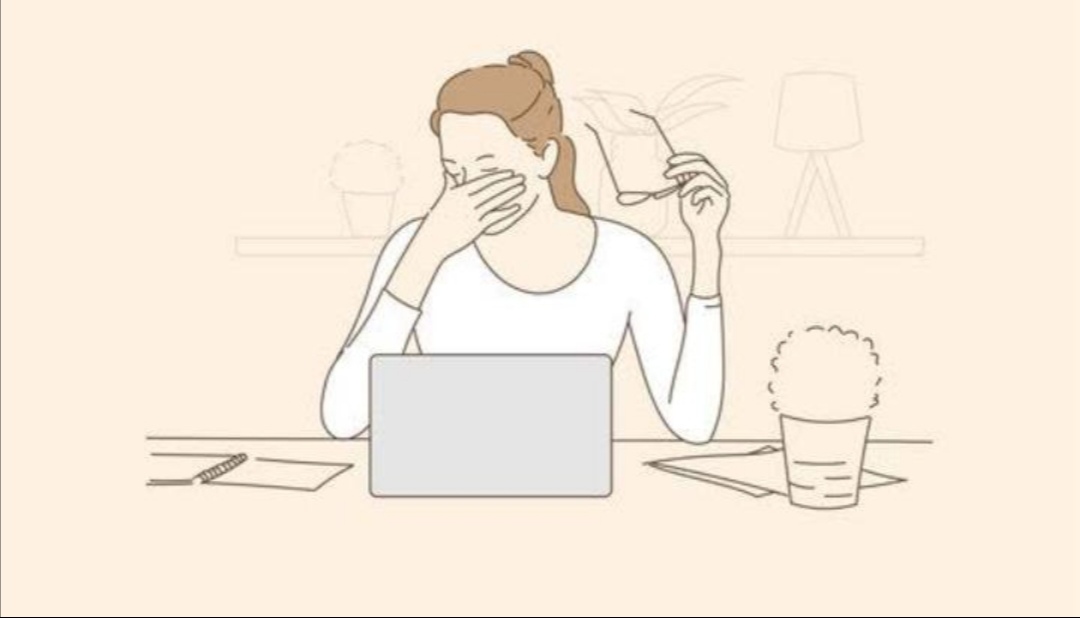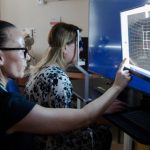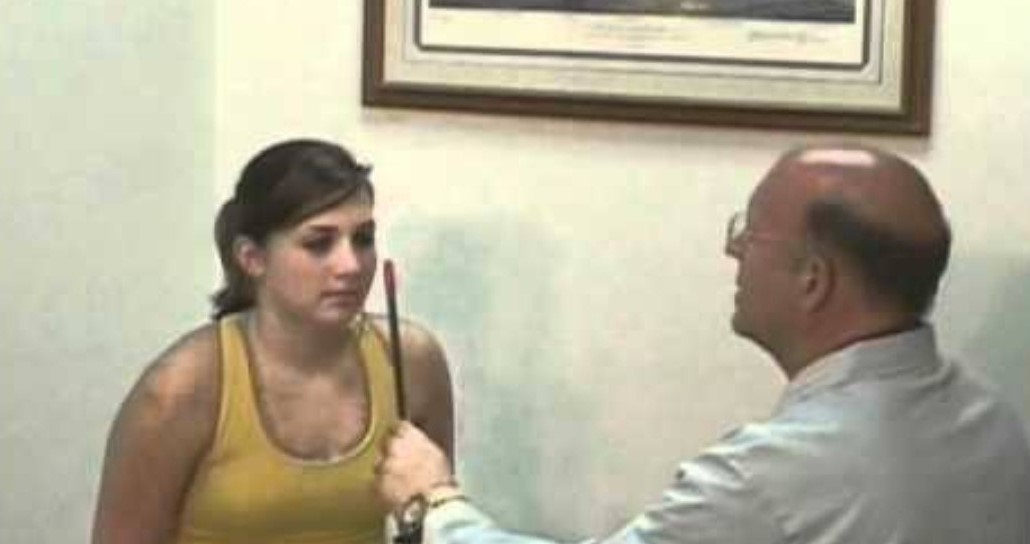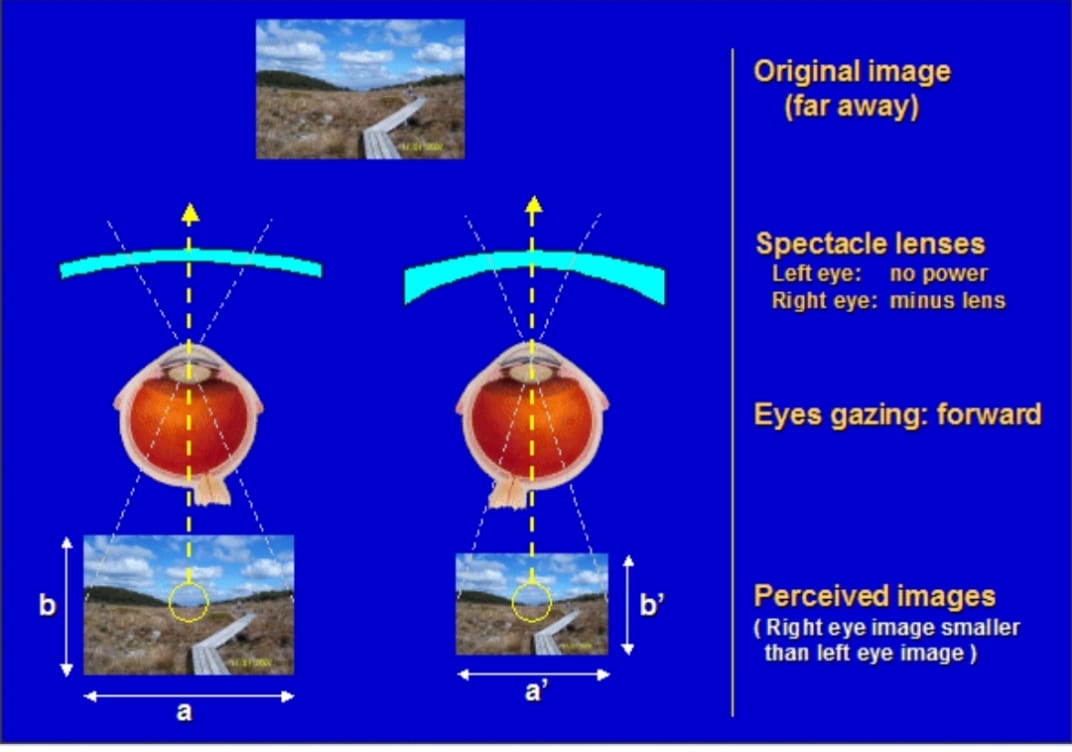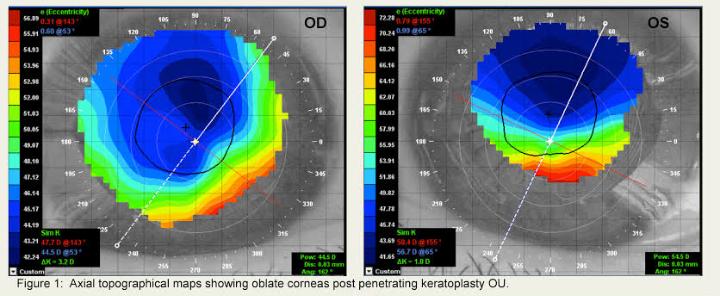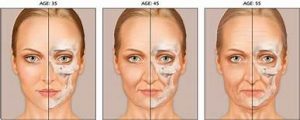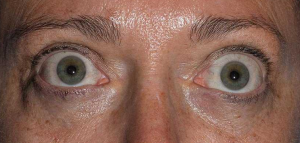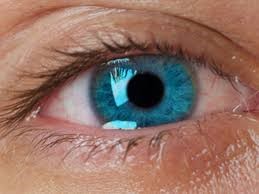Asthenopia is defined as pain, discomfort, or fatigue in or around the eyes, combination aetiology of asthenopia is probable, in which accommodation and convergence are both at play in the development of these symptoms. Whenever there is imbalance between the eyes (e.g., anisometropia, aniseikonia, high phoria), eyestrain is highly likely to developed; and if our physical condition or environmental factors are not conductive to rapid recovery symptoms of distress are produced.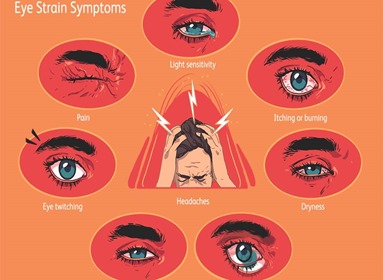
Types
Asthenopia can be divided as
Refractive
Refractive symptoms can be persists due to refractive errors, binocular imbalance likely in combinations of convergence and accommodation insufficiency and age related cause can be presbyopia.
Muscular
Muscular symptoms likely due to weakness of extraocular muscles causing high phoria, intermittent hetrophoria or convergence insufficiency
Clinically it’s differentiate between two types as in patch test, which can helps to detect the symptoms,. Patching one eye for several hours, if symptoms persists it is due to accommodative imbalance. And or on resting one eye if symptoms occurs it is due to muscular imbalance.
Clinical features
- In hyperopic condition accommodation is highly comprised as accommodation required by the uncorrected hyperope, the complaint with which the patient will most probably present is blur or asthenopia at the near point.
- When the stimulus at any distance exceeds the available accommodative amplitude, a blur in the clarity of vision results. However, headaches (usually frontal) and asthenopia (due to the strain) are a much more likely chief vision complaint for the uncorrected hyperopes.
- The excessive use of accommodation may produce asthenopia, particularly at the near point. Because of the patient’s reluctance to relax accommodation and consequently increase the exophoria, the refractive sequence
- The symptoms of patients with uncorrected or undercorrected astigmia frequently are similar to those of the uncorrected hyperope-asthenopia and headaches.
- Astigmatism may also exhibit signs similar to those revealed by myopes, such as reduced visual acuity and squinting to help increase clarity.
- Large amounts of uncorrected cylinder (i.e., greater than 0.75 DC) also produce some secondary near asthenopia but may also reduce visual acuity for both distance and near targets.
- A patient, who may have gone for years with no visual complaints and with adequate visual acuity, may complain of difficulties that accompany sustained reading or near activities, such as suddenly developing asthenopia, headaches, watery-red eyes, near blur, or even secondary distance blur.
- The same complaints, at the presbyopic age levels, are attributable to the physiological changes associated with reduced accommodative amplitude but when exhibited during the pre-presbyopic years, with a customary onset in the mid-twenties, indicate a type of anomaly classified as an accommodative dysfunction.
- When an esophoria patient at near point exhibits an inadequate NFC reserve for sustained near comfortable vision, it is called convergence excess. Near-point convergence excess symptoms are usually evidenced in an inability to read for long periods of time without the onset of discomfort, such as asthenopia, possible diplopia when reading, frontal headaches, tired eyes, and short attention span while reading.
- Common complaints in older children with vergence or accommodative problems are intermittent blur, headache, asthenopia, fatigue, poor attention, or avoidance of near activities.
- Vergence and accommodative complaints and dysfunction are common in uncorrected ammetropes such as binocular problems remit without further treatment following correction of even borderline refractive errors.
- Many patients with strabismus experience symptoms of asthenopia after near work, even though they are not binocular; and even truly monocular patients may be asthenopic because of accommodative dysfunction. If the symptoms can be attributed to accommodative factors.
- The attempt to fuse the two monocular images under such disparate demands frequently results in accommodative asthenopia. It has also been suggested that anisometropic amblyopia is the result of accommodative difficulties.
- Patients who require a bifocal for reading need special consideration. In downgaze, a minus lens acts as a BO prism, and a plus lens acts as a BU prism. Thus, anisometropic corrections create induced vertical prism in downgaze that can result in headache, asthenopia, diplopia, or a combination thereof.
- The differential prismatic effects can be largely discounted as a significant component of anisometropic correction and the differential prismatic effect may be the main cause of asthenopia or other visual symptoms.
